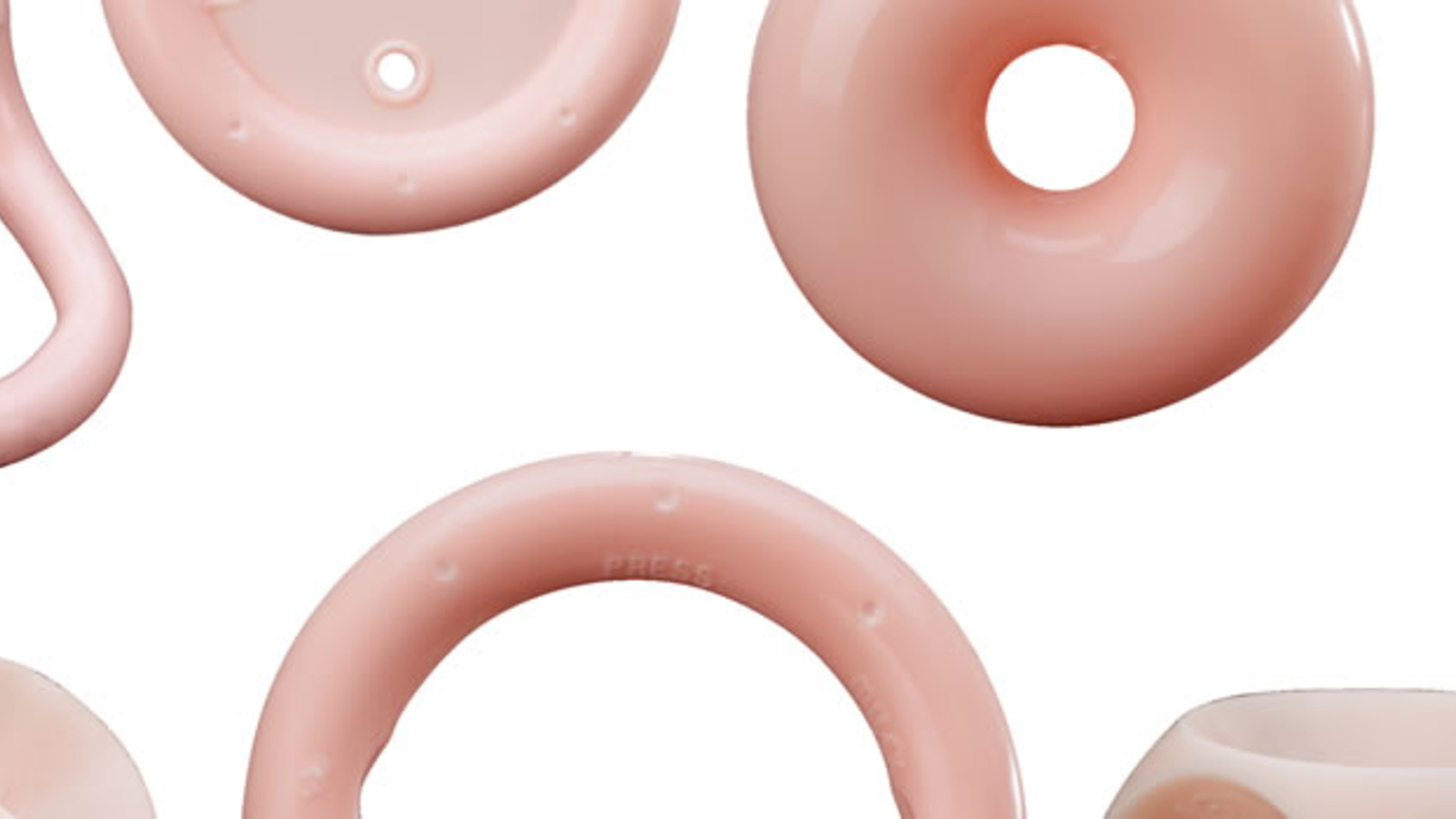Pessaries for Pelvic Organ Prolapse

About this PSP
Prolapse is a common condition affecting about 1 in 3 women who have had children but it remains a highly stigmatised condition for which many women delay seeking help. There remains a good deal of uncertainty about the best way to use a pessary for the treatment of pelvic organ prolapse. The existing evidence base for pessary use remains limited.
This PSP identified and prioritised areas of research uncertainty about the use of a vaginal pessary device for the management of symptomatic pelvic organ prolapse.
The Pessary for Pelvic Organ Prolapse Top 10 was published in September 2017.
Articles and publications
Impact after the Top 10
Katharine Lough talks about the PSP
Top 10 priorities
- How might a pessary affect sexual activity?
- Do pessaries have an effect on the psychological wellbeing of women?
- What is important for a pessary self-management programme?
- What are the risks and complications of pessary use for prolapse?
- Are pessaries effective as a long-term treatment for prolapse?
- What is the best way to assess what type and size of pessary to use?
- What is the best way to minimise and treat vaginal discharge caused by pessaries?
- Does pessary use in prolapse have a positive impact on physical activity?
- When should oestrogen cream be used with a pessary?
- What is the ideal training to be a 'qualified' pessary practitioner?
The following questions were also discussed and put in order of priority at the workshop:
- What level of prolapse will improve with the use of a pessary?
- When is a pessary the right treatment for prolapse?
- What is the role of physiotherapy as part of pessary management for prolapse?
- Are pessaries effective in the treatment of prolapse?
- Do the risks and complications of pessaries increase with long-term use?
- What differences does a pessary make when used to treat a prolapse?
- Which pessary should be used for which prolapse?
- What should be considered when choosing which type of pessary for use in the treatment of prolapse?
- Should women using pessaries be offered supervised pelvic floor muscle exercises?
- What things make a difference to help with long-term use of a pessary?
- Is a pessary as acceptable as surgery for the treatment of prolapse?
- Should a young woman with a non-bothersome prolapse be encouraged to use a pessary to prevent future problems?
- How safe are pessaries?
- Can women be taught to manage their own pessary?
- Does the use of a pessary during or after pregnancy prevent prolapse?
Document downloads
For full details of all of the questions identified by this PSP, please see the document below.